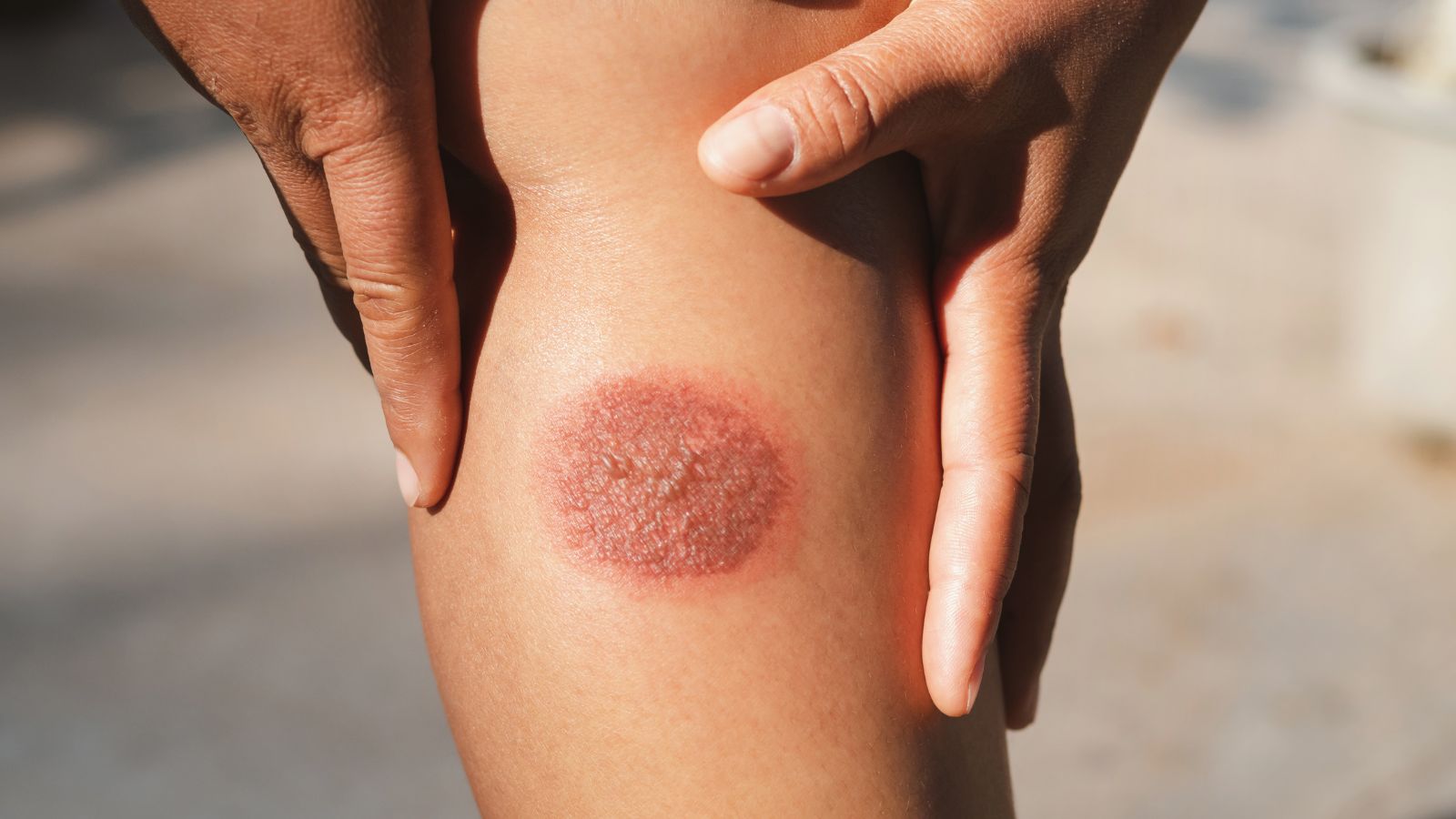In the workplace, burn injuries can lead to serious consequences. These types of wounds are generally caused by exposure to chemicals, heat sources, or contact with electricity.However, by applying proper safety measures and a correct training plan, these injuries can be avoided or minimized.
In this publication, we will discuss the best prevention strategies, how to apply first aid to workers with burns, the legal aspects linked to these situations, and compensation for serious injuries.
Understanding these factors is critical for safeguarding employee health, providing fast and proper treatment, and resolving the legal implications of workplace accidents, resulting in a better-educated and safer workplace.
Understanding workplace burn injuries
Burn injuries in the workplace commonly occur from contact with thermal sources such as flames or hot surfaces due to exposure to chemical substances such as acids or bases and electrical accidents related to faulty wiring or equipment.
Burns are classified according to their severity: first-degree (superficial, affecting the outer skin), second-degree (partial thickness, affecting the deeper layers), and third-degree (full thickness, causing extensive damage).
According to the Bureau of Labor Statistics, thousands of workers suffer burns each year, with high rates in industries such as manufacturing, construction, and food service. These injuries demonstrate the urgent need for strict safety protocols to reduce risks and ensure a rapid response at affected workplaces.
Common causes of workplace burn injuries
The most common causes of burns in the workplace include:
- Hot surfaces with greater incidence in the manufacturing phase
- Chemical products in laboratory areas
- Electrical equipment in construction
- Open flames mainly in food service.
The most common examples include the following:
- Industrial machines in the manufacturing sector
- Acid spills in laboratories
- Defective cables in the field of construction and
- Kitchen stoves in restaurants.
For all this, each industry must apply adequate safety measures to prevent burn injuries.
Types and severity of burns
- First degree: they present redness and mild pain.
- Second degree: with the presence of blisters and intense pain.
- Third degree: the skin turns white or blackened, and numbness is experienced.
Recognizing the severity of the injury is crucial to providing appropriate care. Minor burns can be treated at home, but severe burns require immediate medical attention to prevent complications and optimize recovery.
How to Prevent Burns in the Workplace
An essential practice in preventing burn injuries is training personnel in safety issues, handling and storing chemicals, and working with electrical equipment. Additionally, companies must enforce the correct use of personal protective equipment by their employees. Likewise, regular inspections and employee awareness contribute to a safer work environment.
Safety training and protocols
Regular safety training sessions and safety protocols are essential to reduce burn risks in the workplace.
On the one hand, training ensures that employees understand the dangers associated with heat, chemicals, and electricity, while protocols provide clear guidelines for safe practices.
Employers can create and maintain a culture of safety by educating workers and enforcing protocols. These practices empower employees to effectively identify and mitigate risks, helping reduce the likelihood of burns and promoting the creation of an overall safer work environment.
In this way, workers and the company are protected.
Proper use of protective equipment
Protective equipment includes gloves, face protection or screen, and fire-resistant clothing. These elements are crucial for workers to be safe doing their jobs:
- Gloves protect hands from hot surfaces and chemicals.
- Face shields or screens protect the face from possible splashes and flying debris.
- Flame-resistant clothing minimizes burns by providing insulation against flames and heat.
By using these personal protection elements, employees will minimize their contact with burn-causing agents, which translates into a considerable reduction in risks and creates a safe work environment.
Workplace safety measures
Additional safety measures can be implemented in the workplace to prevent burn injuries. Some of these measures are:
- Emergency cuts: ideal for quickly stopping operations that take place in dangerous environments, thus reducing risks.
- Properly labeling hazardous materials is a way to ensure that workers will identify and use the materials safely.
- Conducting safety audits constantly helps to validate that work conditions are adequate.
Taking these additional measures will help improve safety culture, reduce the occurrence of injuries, and create a safe work environment for everyone.
Immediate Care for Burn Injuries
If a work event involving burns occurs, it is essential to take specific measures and follow certain steps to medically address the injury.
First aid for minor burns
To treat minor burns, cool or room temperature water should be applied to the wound(s) for approximately 10 or 20 minutes, which will help minimize pain and inflammation.
Afterward, the affected area should be gently dried and covered with a sterile bandage or, failing that, a clean cloth to avoid infections.
If the injury is third-degree, you should go to a nearby care center or seek medical assistance.
When to seek medical attention
When the signs or symptoms of an injury include deep burns that penetrate several layers of skin or span a space greater than three inches in diameter, they require professional medical attention.
Other worrying signs include burns on the face, hands, feet, or genitals and burns accompanied by severe pain, blisters, difficulty breathing, or signs of infection such as redness, swelling, or pus.
Seeking immediate medical attention for these severe burns is critical to preventing complications, promoting proper healing, and minimizing long-term damage to the skin and underlying tissues.
Legal Aspects and Compensation
Under labor laws, all workers have the right to perform in a safe work environment, so burn injuries in the workplace have legal implications.
If it is proven that the injury was caused by the negligence of the employer or company, workers can opt for compensation that allows them to pay medical expenses and recover lost wages.
The law supports victims at all times.
Understand legal rights
Employees burned at work have the legal right to seek compensation for their injuries. Workers’ compensation covers medical expenses and lost earnings without the requirement to establish employer negligence.
Employees can seek additional damages in personal injury lawsuits if their employer is negligent.
Legal remedies are intended to ensure that injured workers receive fair compensation for their injuries, covering medical treatment, rehabilitation, loss of income, and pain and suffering.
Seeking legal guidance can help injured employees navigate their rights and follow the appropriate action.
Seeking compensation for burn injuries
Seeking compensation for workplace burns involves documenting the injury by reporting it to the employer, seeking medical treatment, and preserving evidence such as medical records and photographs.
Consulting legal sources focused on workers’ compensation laws and personal injury claims is crucial to understanding your rights and navigating the legal process. If necessary, an expert can assess the case’s merits, negotiate with insurance, and defend the wounded worker in court processes.
Proper documentation and legal counsel increase your chances of receiving reasonable compensation for medical bills, lost wages, and other losses caused by your burn injury.
Conclusion
This post highlights the importance of adopting appropriate prevention measures to minimize burn injuries in the work area. Emphasis is placed on the attention that must be put into practice when treating this type of injury. On the other hand, it discusses the legal rights of employees, workers’ compensation, and possible legal solutions, urging supervision to prioritize worker safety.






